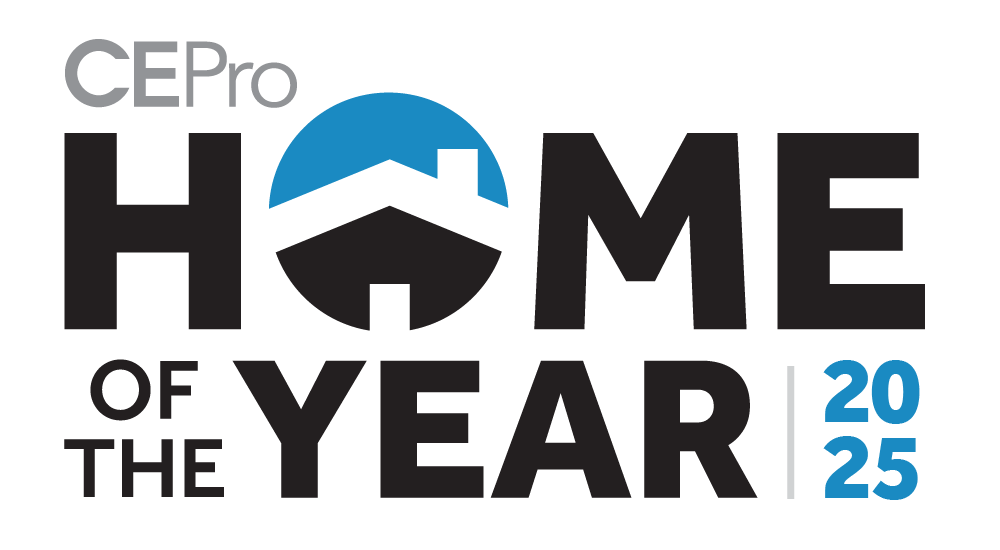LG shows some beautiful pictures of its new paper-thin Wallpaper OLED TV clinging to the wall with a magnet. The thing is: they forget to show the ribbon cable that powers the thing.
The cable runs from the TV to a big ugly hub that provides power, video and connectivity to the display.

As it happens, the cable is not in-wall rated per the NFPA electrical codes.
LG knows this.
A representative tells CE Pro that, while the cable is not in-wall rated, it does have a “fire-proof coating.”
The cable is in fact low-voltage DC (not line-voltage 120v AC), but the cable's rating is what matters.
Consumers themselves are free to do whatever they’d like with the cable, but professional installers: Don't do that.
A tiny notice below a picture of the TV with a hidden cable reads:
Display cable is not in-wall rated, please consult with your retailer for proper in-wall installation.
CE Pro would be curious to know what “proper in-wall installation” would entail.
UPDATE: Kevin Holm of Holm Electrictric responds:
Proper installation in the wall would be to run it inside a conduit or smurf tube terminated at both ends in a flush-mount box of the correct rating. It cannot be a low-voltage ring. The cable then needs to have the correct insulation for transmitting the power and data on it, which it should be if it's UL listed







